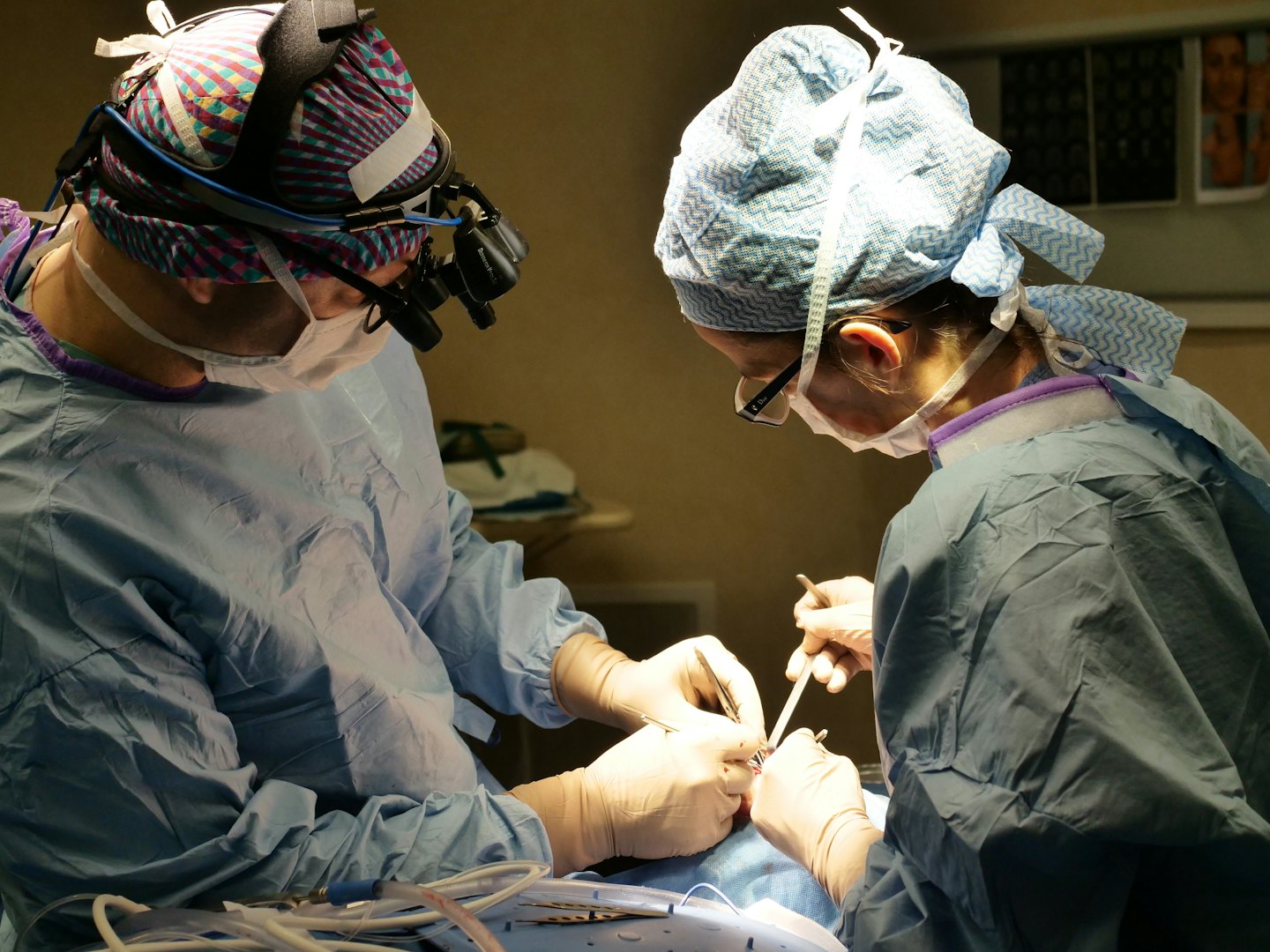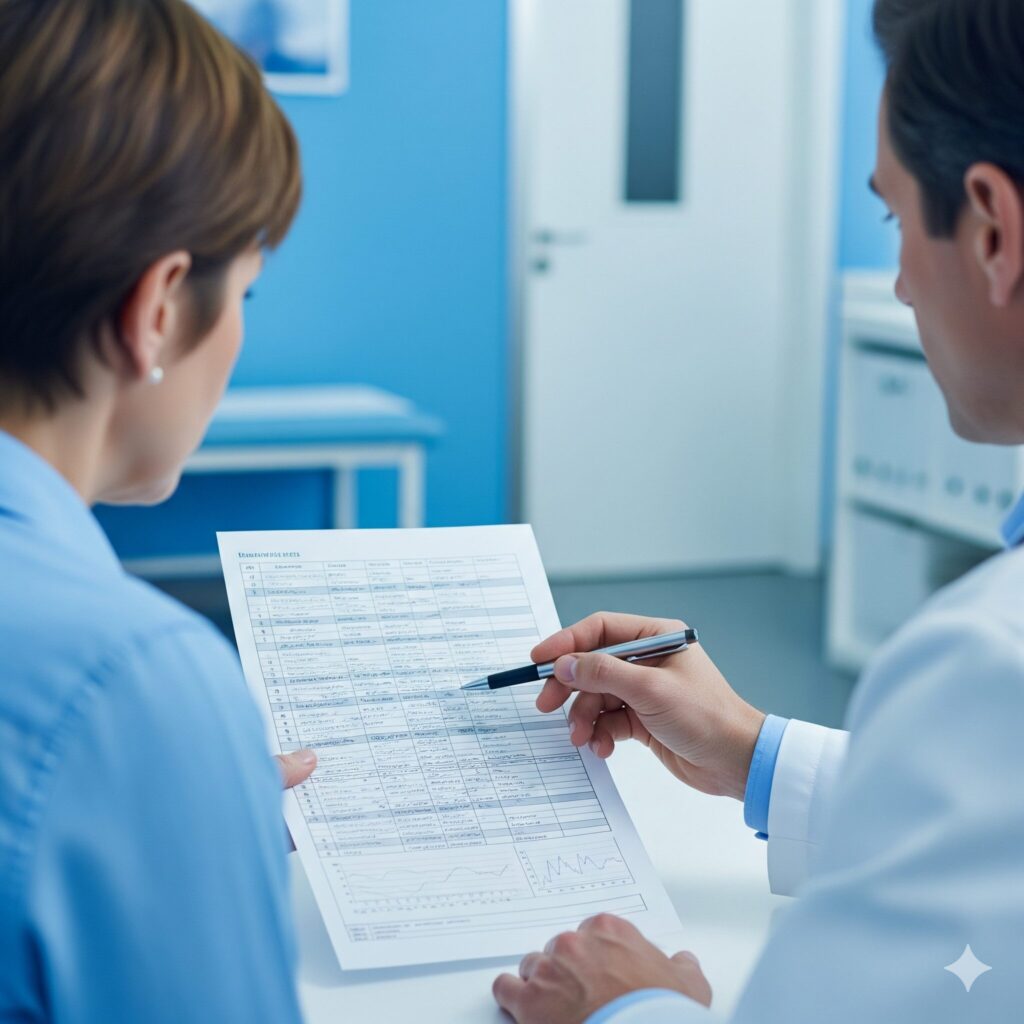Epididymitis / Orchitis Evaluation at Southland Urology
Epididymitis, orchitis, and epididymoorchitis are inflammatory conditions affecting the male reproductive system. Epididymitis is the inflammation of the epididymis, the coiled tube behind the testicle, while orchitis is the inflammation of the testicle itself. When both the epididymis and the testicle are inflamed, the condition is known as epididymoorchitis. These conditions typically cause pain and swelling and can be caused by bacterial infections, viruses, or other factors.

Advanced Treatments
Our expert surgeons use non-surgical and surgical management options for the various causes of epididymoorchitis.

Personalized Plans
We tailor your care to your unique diagnosis for optimal health and recovery.

Comprehensive Diagnostics
Accurate testing and evaluation to pinpoint the cause of your epididymoorchitis.
Understanding Epididymitis / Orchitis Evaluation
Learn about our tailored approach to diagnosing and treating epididymoorchitis with compassionate support every step of the way.
Initial Consultation and Diagnosis
Meet with our board-certified urologists to assess your condition through thorough exams and advanced diagnostic tests.
Personalized Treatment Planning
Work closely with our specialists to develop a treatment strategy that fits your specific issue and goals.
Ongoing Care and Support
Receive expert follow-up care, monitoring, and support to ensure the best possible outcomes throughout your recovery.
Understanding Epididymitis / Orchitis
What are Epididymitis, Orchitis, and Epididymoorchitis?
These three conditions are related inflammatory issues that affect the male reproductive system. Epididymitis is an inflammation of the epididymis, the tube at the back of the testicle that stores and carries sperm. Orchitis is inflammation of the testicle itself. These conditions often occur together, with epididymitis spreading to the testicle, or vice versa. When both are inflamed, the condition is called epididymoorchitis. While these conditions can be quite painful, they are distinct from testicular torsion, which is a medical emergency that requires immediate surgical intervention.
Causes and Risk Factors
The most common cause of epididymitis is a bacterial infection, which can be a urinary tract infection that has spread to the epididymis or, in younger men, a sexually transmitted infection (STI) like chlamydia or gonorrhea. For orchitis, the most common cause is a viral infection, particularly the mumps virus. Other causes of these conditions can include non-infectious factors such as an injury to the scrotum, or urine flowing backward into the epididymis. Risk factors include unprotected sexual intercourse, a history of UTIs, and recent urinary tract procedures.
Symptoms
The symptoms of these conditions can be similar and may include pain and swelling in the scrotum, which can develop gradually or suddenly. The pain may be constant or intermittent and can be a dull ache or a sharp, severe pain. Other common symptoms include a feeling of heaviness in the testicle, fever, and a lump on the testicle. In cases of epididymitis, a man may also experience pain during urination, discharge from the penis, or pain during sexual intercourse or ejaculation.
Diagnosis
A urologist will diagnose these conditions based on a physical examination and a review of symptoms. The physical exam will often reveal a tender, swollen, or firm epididymis and/or testicle. A Doppler ultrasound is an essential diagnostic tool that can help differentiate these inflammatory conditions from testicular torsion. Unlike torsion, which shows a lack of blood flow, epididymitis and orchitis typically show increased blood flow to the affected area. Other diagnostic tests may include a urinalysis and a urine culture to check for a bacterial infection, and, if an STI is suspected, a urethral swab or a urine sample for STI testing.
Non-Surgical Management
For most cases of epididymitis, orchitis, or epididymoorchitis, non-surgical management is the primary treatment. The standard treatment for a bacterial infection is a course of antibiotics, which is tailored to the type of bacteria identified. Supportive care is crucial for managing symptoms and includes rest, elevating the scrotum, using a cold compress, and taking over-the-counter pain relievers. For cases caused by a virus (like mumps), antibiotics are ineffective, so treatment focuses on supportive care to manage symptoms.
Surgical Management
Surgical intervention is rarely necessary for these conditions and is typically reserved for severe cases that have not responded to antibiotics, or in cases where an abscess has formed. In the rare event that an abscess needs to be drained, a urologist may perform a surgical procedure to incise and drain the pus. In some extreme, chronic, or severe cases that do not respond to any other treatment, a surgical removal of the epididymis (epididymectomy) or the testicle (orchiectomy) may be considered as a last resort to relieve persistent pain.

Schedule Your Consultation Today
Take the first step toward personalized epididymoorchitis evaluation with our expert team.
